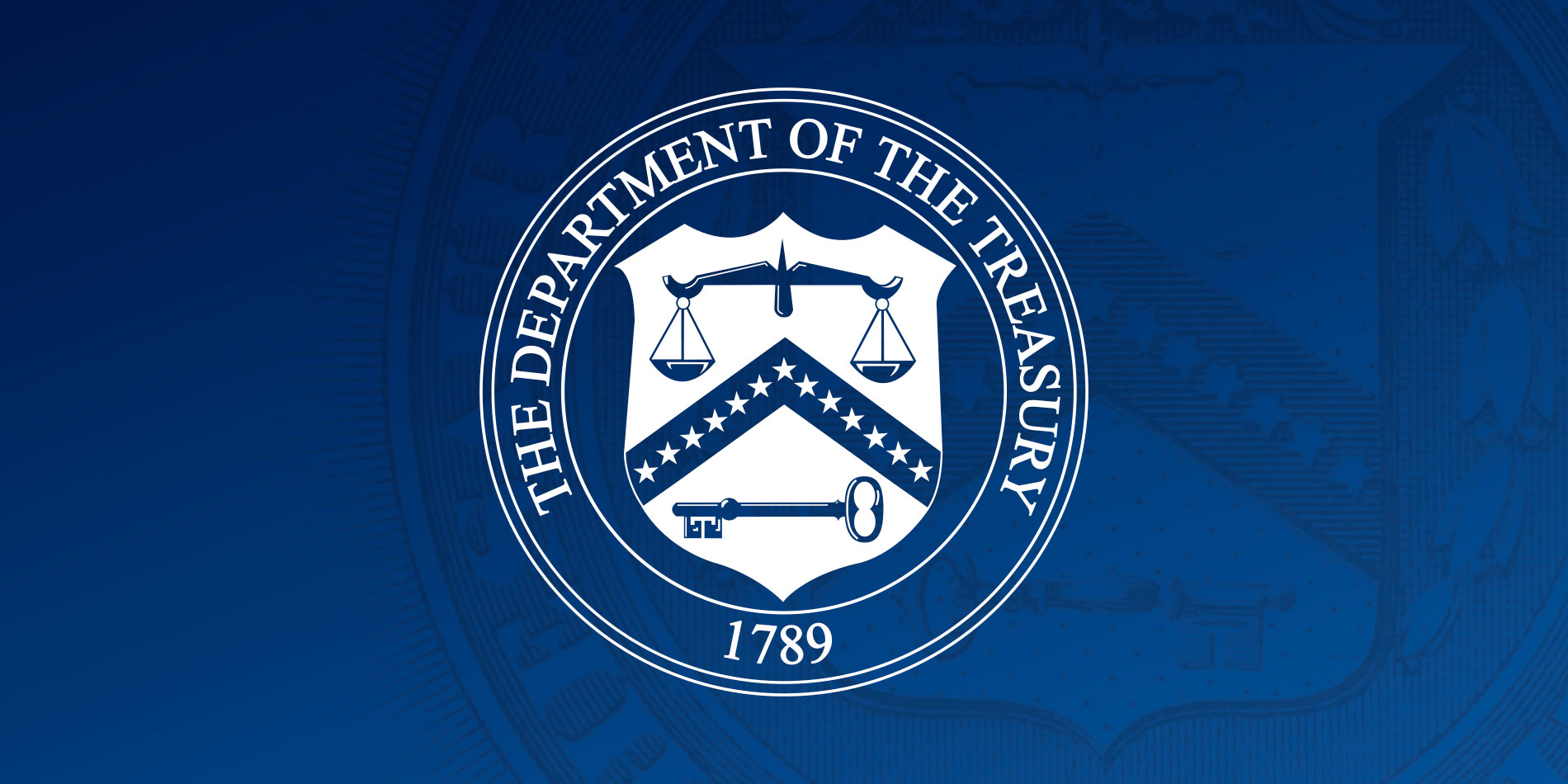
A range of commentators—including Putin’s own oil czar—have linked the rising discount of Russian energy exports to phase two of the G7+ price cap
WASHINGTON – Today, the U.S. Department of the Treasury published a new analysis on the impact of the second phase of the price cap on Russian oil, two years since the beginning of Putin’s illegal war. Since December 2022 our coalition has implemented this novel policy to achieve two goals: limit Kremlin profits while promoting stable energy markets.
The first phase of the price succeeded in significantly limiting the revenue Russia derived from energy exports – it’s key cash cow – to pursue its unprovoked war in Ukraine, with oil tax revenue down 40% during the first nine months of the year. At the same time, Russian energy exports remained stable, avoiding the potential spike of global oil prices to as much as $150 per barrel that market analysts predicted.
The analysis by Assistant Secretary for Economic Policy Eric Van Nostrand (P.D.O.) and Acting Assistant Secretary for Terrorist Financing and Financial Crimes Anna Morris look at the difference that the price cap is continuing to make three months into the second phase, as the coalition continues to take action to enforce the prohibition against the use of G7 services outside the cap. The data shows that that coalition sanctions enforcement is successfully forcing Russia to sell oil at a discount while Russian oil export markets have remained stable.
Three key observations on its progress:
- The price at which Russia sells its oil has declined markedly since the second phase began. The shift reflects the effects of reduced global oil prices, but also a significant widening in the discount Russia earns relative to other global oil suppliers. That discount rose from a low of $12 to $13 per barrel of crude oil in October to about $19 per barrel over the past month.
- Energy market participants, analysts, and even Putin’s own oil czar have linked the rising discount on Russian oil to the Coalition’s increased enforcement activities reflected in the second phase of the price cap.
- Russian oil export volumes remained stable in recent months. The price cap is maintaining a steady supply of energy to global consumers and businesses. At the same time, the price cap, along with key sanctions enforcement measures, is reducing Putin’s profits from selling that oil.
###
Official news published at https://home.treasury.gov/news/press-releases/jy2118



